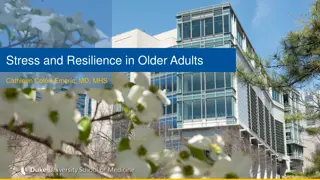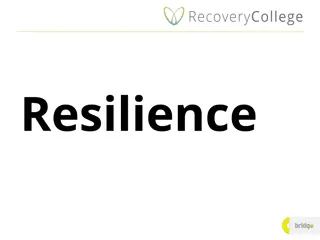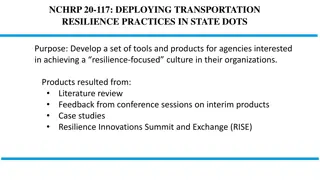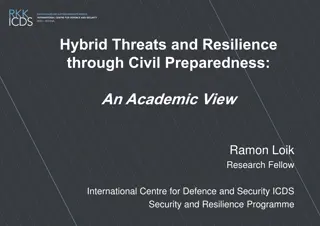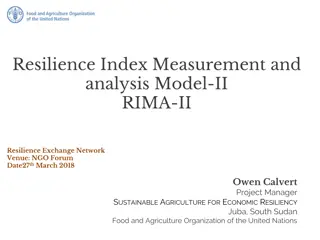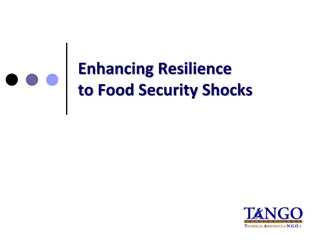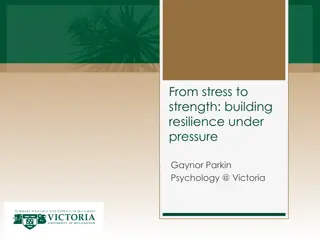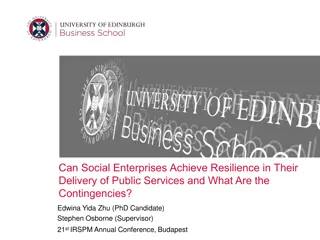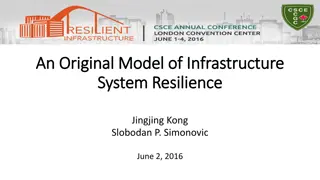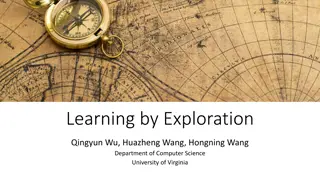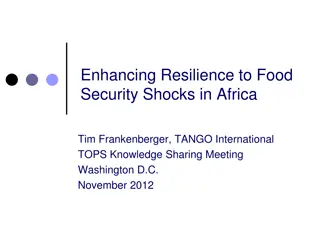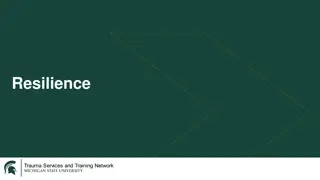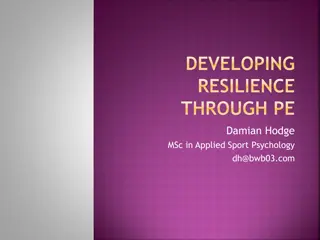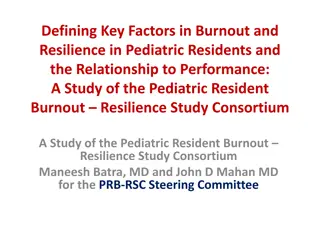Understanding Resilience: A Comprehensive Exploration
Resilience is portrayed as a dynamic process rather than an inherent trait, accessible to all individuals. The capacity for resilience can be developed and harnessed through various resources and support systems. This narrative delves deep into the ordinary yet powerful aspects of resilience, emphasizing its relevance in navigating adversity and promoting well-being. Strategies like bouncing back from negative experiences, utilizing internal and external resources, and understanding the protective possibilities within student domains are highlighted. Overall, resilience is depicted as a transformative journey that involves adapting, defining oneself amidst challenges, and fostering a sense of resourcefulness.
Download Presentation

Please find below an Image/Link to download the presentation.
The content on the website is provided AS IS for your information and personal use only. It may not be sold, licensed, or shared on other websites without obtaining consent from the author. Download presentation by click this link. If you encounter any issues during the download, it is possible that the publisher has removed the file from their server.
E N D
Presentation Transcript
Resilience: A Process Rather Than a Trait The question of whether we believe an individual possesses the capacity for resilience is no longer appropriate. Everyone has the capacity for resilience. The question is whether it was tapped - and if not, what can we do to tap it? (Truebridge, 2013, pp. xix)
Resilience: A Process Rather Than a Trait Resilience is the dynamic and negotiated process within individuals (internal) and between individuals and their environments (external) for the resources and support to adapt and define themselves as healthy amid adversity, threat, trauma, and/or everyday stress. (Truebridge, 2013, pp. xx)
Resilience: Bounce Back or Resourcefulness Resilient individuals use positive emotions to bounce back from negative emotional experiences. (Tugade & Fredrickson, 2004) The potential to exhibit resourcefulness by using available internal and external recources in response to different contextual and developmental challenges. (Pooley & Cohen, 2010, p. 34)
The Ordinariness of Resilience What began as a quest to understand the extraordinary has revealed the power of the ordinary. Resilience does not come from rare special qualities, but from the everyday magic of ordinary, normative human resources in the minds, brains, and bodies of children, in their families and relationships, and in their communities. (Masten, 2001, p. 235)
Protective Possibilities Associated With Student Domains of Risk and Resilience (Morrison & Allen, 2007)




